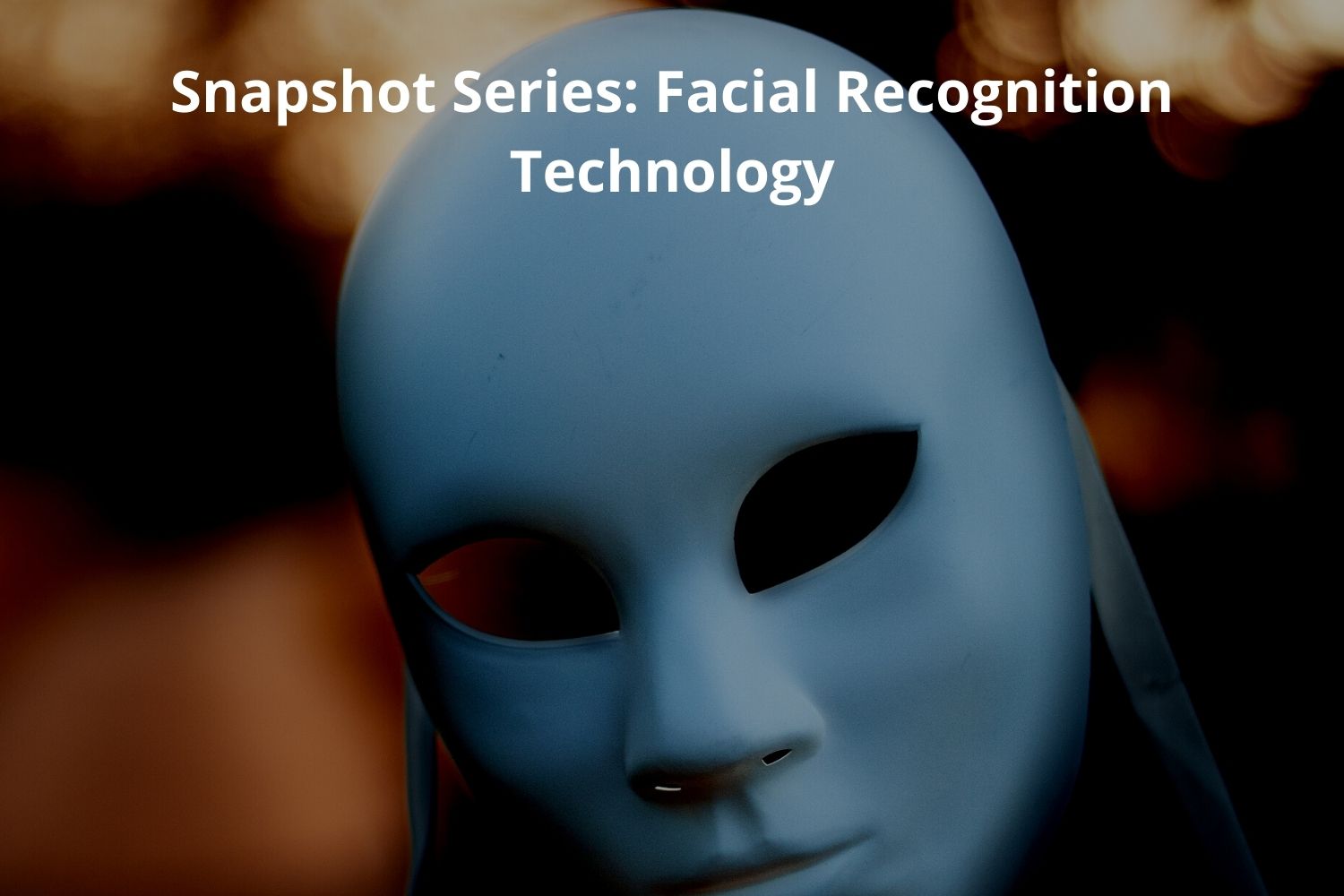

Summary contributed by Connor Wright, who’s a 3rd year Philosophy student at the University of Exeter.
Link to full paper + authors listed at the bottom.
Mini-summary: Offering an interactive and well-worded over-arching summary of facial recognition technology (FRT), this paper presents the current situation within the UK. It makes important distinctions between different FRT systems, explains the presence of bias and offers topical case studies of those trying to implement FRT. The paper lists the benefits and risks in one of its 6 sections, as well as explaining how the technology actually works. Both fascinating and engaging, the paper earns a spot as some much needed background reading for any FRT debate.
Full summary:
The snapshot series provides a very readable, intuitive, and engaging overview of the facial recognition scene in the UK. The paper splits into 6 sections, stretching from what facial recognition technology (FRT) is, how it works, what the risks and benefits are, and what the future looks like. I will now summarise some of my highlights from the paper, including the difference between facial verification and facial identification systems, and how bias can be sewn into these systems.
Being from the UK, what first struck me was how the report made note of the South Wales Police’s (SWP) use of FRT systems being ruled as unlawful by the Court of Appeal. Here, the SWP’s use of the technology was taken to court by the civil liberties group Liberty, and was initially ruled as lawful by the Supreme Court, having been deemed as following all the necessary regulation. However, Liberty then won the appeal with the SWP being ruled to have breached the Human Rights Act, the Data Privacy Act, and the Equality Act. Not only does this show the precarious nature of FRT, but also how this technology is not immune to civil protest. Such technology is often surrounded by a false obligation to commit to its usage by authorities, where civil society has no question on the matter. Yet, Liberty has shown that no such obligation exists, and how civilians can feel empowered to call out governments and big corporations on their use of seemingly untouchable technology.
There is nonetheless still an important distinction to draw in the use of FRT. Facial verification systems utilise a template of an already scanned face (such as on iPhones), and scan the face being presented to see if it matches the template. Facial identification systems on the other hand, are not looking for a face in particular. Instead, it operates on a one-to-many matching basis, whereby a face template is utilised to sift through millions of images in order to reveal which faces match. Furthermore, facial verification is more likely to be automated, with a match proving enough to warrant an action (such as unlocking your phone), whereas facial identification is more likely to be augmentative, being overseen by a human before a decision is made. Facial identification is then further split into live and retroactive recognition. Here, when talking about FRT and its problems, this is more likely to be centred around live facial identification, as opposed to retroactive systems, or the system on your phone.
One problem faced by live FRT in particular is that of bias, and one of the key ways this is woven into the system is through a non-representative data set. What gave me a lot of food for thought was how the paper highlighted that the FRT can be as accurate as it wants, but accuracy does not guarantee the elimination of bias. Even if the data set was accurate, and the data set contained over 10 million images, this will still not eliminate the presence of bias if the data set is homogeneous. Such bias can only then be exacerbated by private data collection efforts, which will be tailored to the company’s interests.
Despite all this doom and gloom, the paper did shed some positive light on the use of FRT. The technology is able to scale the use of security infrastructure by improving efficiency, as well as aid the already swamped police forces around the world. Not only this, but there are multiple laws governing the use of the technology within the UK thanks to the GDPR agreement spanning both private and public uses of FRT, as well as the laws broken by the SWP mentioned above.
These reassurances certainly provide a welcomed respite in the FRT debate, and the paper offers a positive image of the ongoing conversations. Nevertheless, the paper makes sure to emphasise how this is unfortunately not the only aspect to take note of. FRT can be of great benefit to society, but the elimination of bias and the new legislation proposals still have a long way to go to guide FRT to this destination.
Original paper by Centre for Data Ethics and Innovation: https://assets.publishing.service.gov.uk/government/uploads/system/uploads/attachment_data/file/905267/Facial_Recognition_Technology_Snapshot_UPDATED.pdf
